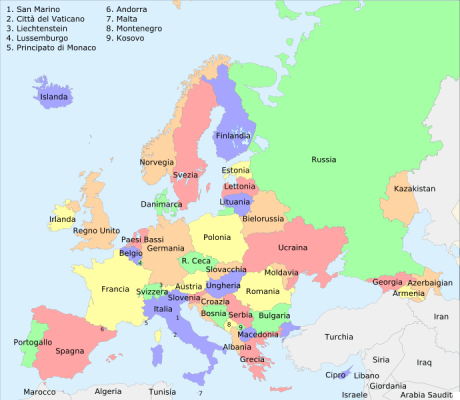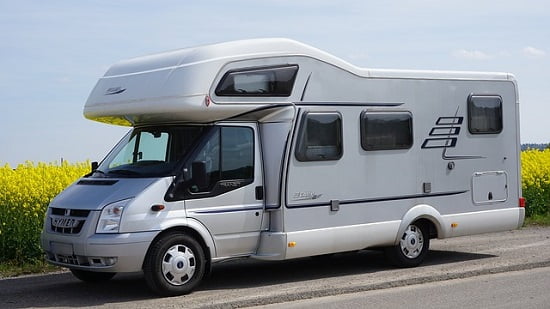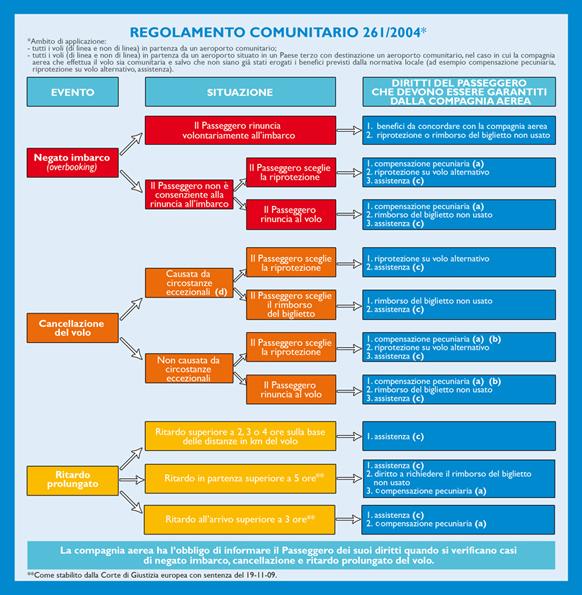The climate of Europe is temperate, milder than other areas with the same latitude (for example those with the same latitude in the northeastern United States), due to the influence of the Gulf Stream. However, there are profound differences in the climates of the different regions.
Il climate in Europe it ranges from subtropical near the Mediterranean Sea in the south, to subarctic near the Barents Sea and Arctic in the northern latitudes. Extremely cold temperatures are found only in northern Scandinavia and parts of Russia in winter.
Best times for travel and vacations
The best time to visit Europe is in summer. In August, the British Isles, Benelux, Germany and northern France have average temperatures of around 23-24 ° C, but these temperatures cannot be taken for granted.
Temperature
Il Mediterranean it has the highest amount of sunshine hours in Europe and the highest temperatures. The highest average temperatures in August are 26 ° C in Budapest, 28 ° C in Barcelona, 30 ° C in Rome, 33 ° C in Athens and 39 ° C in Alanya along the Turkish Riviera. A general rule that can be adopted is that the further south and east you go, the warmer it gets.
Winters are relatively cold in Europe, even in the Mediterranean countries. The only ones areas with mild temperatures in winter, around 15 ° C in January, are Andalusia in Spain, some Greek islands, Sicily in southern Italy and the Turkish Riviera.
THEWestern Europe it averages around 4-8 ° C in January, but temperatures can drop below freezing throughout the winter. The regions east of Berlin have particularly cold temperatures with average temperatures below zero.
La Russia it's an exceptional case, with cities like Moscow and St. Petersburg having average temperatures of -5 ° C and days as low as -10 ° C in January. Some activities are best done in the winter, such as winter sports, even if the highest peaks of the Alps have perennial snows that allow skiing and winter sports even in summer.
Rainfall
Average annual precipitation differs widely across Europe. Most of the precipitation falls on the Alps, and in a strip along the Adriatic Sea, from Slovenia to the west coast of Greece.
Other regions with abundant rainfall include the north west of Spain, the British Isles and Western Norway. Bergen has the largest amount of rain in Europe, with 235 rainy days per year.
The greatest amount of rain falls in the summer, due to westerly winds from the Atlantic that hit the British Isles, Benelux, West Germany, north of France and Scandinavia South-western.
The network of meteorological services Europeans provides an extreme weather warning service, which covers most countries in the European Union.



























